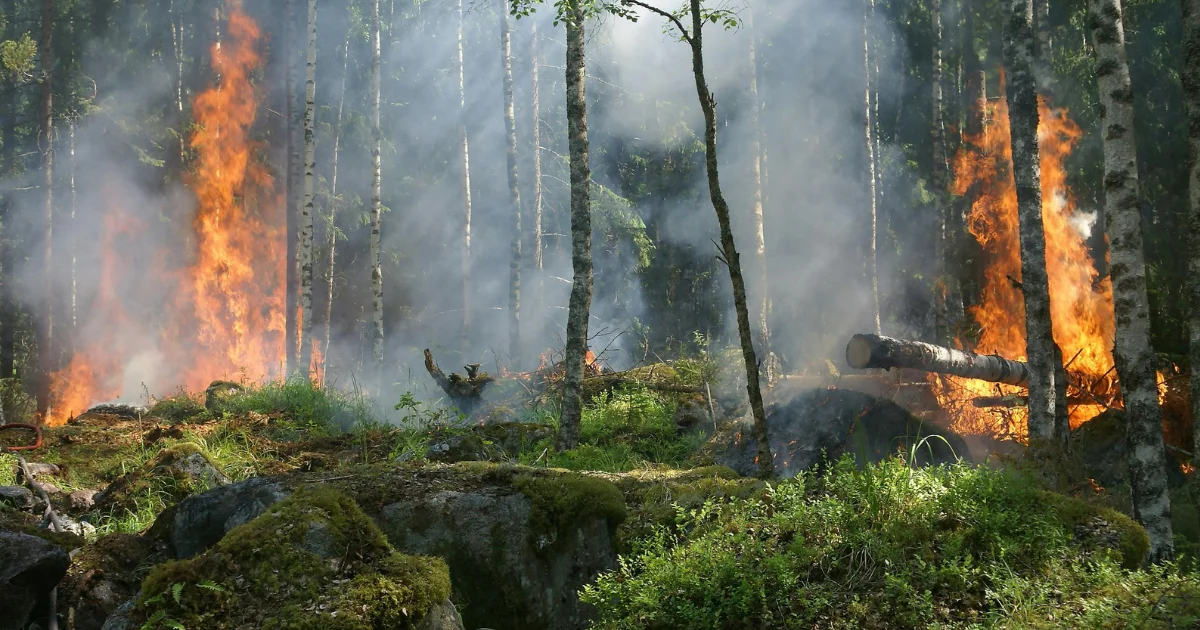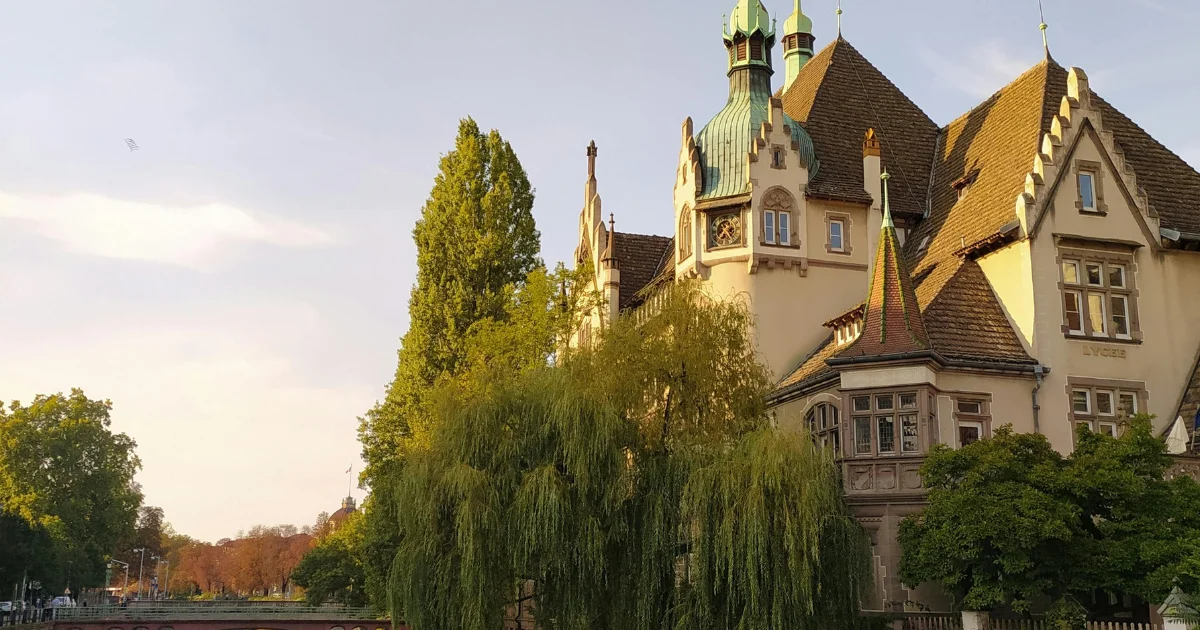Trees Reduce Heat Naturally
Trees are more than just beautiful additions to our landscapes—they play a vital role in naturally reducing heat and combating climate change. Through various mechanisms, trees help cool the Earth, making them essential to maintaining a livable climate. This article delves into how trees reduce heat naturally and the numerous benefits they provide in the fight against global warming.
Providing Shade to Lower Temperatures
One of the simplest and most effective ways trees reduce heat is by providing shade. Tree canopies block sunlight, preventing the ground, roads, and buildings from absorbing excess heat.
Cooling Urban Areas: Trees planted along streets, in parks, and in backyards help cool cities, where concrete and asphalt trap heat. This is particularly important in urban heat islands, where temperatures can be several degrees higher than in rural areas.
Temperature Reduction: A well-shaded area can be up to 10°F cooler than an area without trees, offering a natural way to beat the heat in hot climates.
Cooling the Air Through Evapotranspiration
Trees reduce heat by releasing water vapor into the air through a process called evapotranspiration. This process occurs when trees absorb water from the soil and release it through their leaves into the atmosphere.
Humidity and Cooling: Just like sweating cools the human body, evapotranspiration cools the surrounding environment. This natural cooling mechanism can reduce local temperatures by several degrees.
Energy Saving: As trees cool the air around them, they help lower the need for air conditioning, saving energy and reducing the demand for fossil fuels.
Absorbing Carbon Dioxide (CO₂)
Trees play a significant role in regulating the Earth’s climate by absorbing carbon dioxide (CO₂), one of the primary greenhouse gases responsible for heat retention in the atmosphere.
Carbon Storage: During photosynthesis, trees take in CO₂ from the atmosphere and store it in their biomass. This helps reduce the amount of heat-trapping gases, thereby cooling the planet.
Long-Term Benefits: Trees store carbon in their trunks, branches, and roots, preventing the release of CO₂ back into the atmosphere. Forests, as a whole, act as carbon sinks, removing billions of tons of CO₂ from the air each year.
Albedo Effect: Reflecting Solar Radiation
The presence of trees can help cool the planet through the albedo effect. Albedo refers to the amount of sunlight that is reflected by a surface back into space.
Reflective Canopies: Forests, especially those in colder climates, help reflect sunlight, reducing the heat that is absorbed by the Earth’s surface. This effect is particularly strong in areas where snow and ice exist, as they reflect sunlight, preventing additional heat from being absorbed.
Cooling Impact: Dense forests contribute to a lower albedo effect by reflecting sunlight and reducing the heat retained by the surface below.
Improving Soil Moisture and Temperature
Trees help maintain soil moisture and temperature, which is essential in regulating the overall environment. In areas where trees are present, the soil remains cooler and retains more moisture.
Soil Protection: Without trees, soil can become dry and hot, leading to increased evaporation and a further rise in local temperatures. Trees prevent soil degradation by protecting the ground from excessive heat and reducing evaporation rates.
Reduced Temperature Fluctuations: By maintaining consistent soil moisture, trees help stabilize local temperatures, making areas more hospitable for both humans and wildlife.
Reducing Wind and Heat from Dry Areas
Forests and trees also act as natural windbreaks, reducing the intensity of hot, dry winds that can exacerbate heat. This is especially valuable in arid and semi-arid regions, where trees protect crops, soil, and people from extreme temperatures.
Localized Cooling: By blocking hot winds, trees create microclimates with cooler, more stable temperatures, which are beneficial for both human comfort and agricultural productivity.
Regulating Local Weather Patterns
Large forests and tree cover influence local and regional weather patterns by releasing moisture into the atmosphere. This moisture contributes to cloud formation, which can lower temperatures and provide cooling effects over wide areas.
Rainfall Generation: Tropical forests, such as the Amazon, create their own rain cycle by releasing water vapor, leading to rain and further cooling the surrounding environment.
Cloud Cover: Increased cloud cover reflects sunlight, reducing the amount of heat reaching the Earth’s surface and maintaining cooler temperatures.
The Benefits of Urban Trees
In urban settings, trees provide numerous benefits that help fight heat and improve overall quality of life:
Air Quality Improvement: Trees filter pollutants from the air, reducing the amount of harmful particles and gases, which contribute to heat and poor air quality.
Noise Reduction: Trees also help dampen city noise, making urban environments more comfortable and cooler.
Mental and Physical Health: Access to green spaces with trees has been shown to reduce stress, lower blood pressure, and improve overall well-being.
How You Can Help Trees Fight Heat
Everyone has a role to play in reducing heat and combating climate change through tree conservation. Here are some simple actions you can take:
Plant More Trees: Participate in or organize local tree-planting events in your community.
Support Forest Conservation: Advocate for the protection of forests from deforestation and support sustainable forestry practices.
Reduce Carbon Footprint: Lower your carbon footprint by using public transportation, reducing energy consumption, and choosing eco-friendly products.
Create Green Spaces: Encourage the creation of more green spaces in urban areas to provide shade, cool the air, and improve the quality of life.
Relevant post: An Impressive Trees Fighting Global Warming in 2024
Other Relevant: Planting trees in the Arctic could make global warming
Conclusion
Trees are essential to naturally reducing heat and protecting our planet from the devastating effects of climate change. By providing shade, cooling the air through evapotranspiration, absorbing CO₂, and regulating local climates, trees help maintain a livable Earth.
Protecting and expanding forests is one of the most effective ways we can fight rising temperatures and build a sustainable future. Whether you’re planting a tree in your backyard or supporting global reforestation projects, every effort counts in the battle against heat and climate change.
Would you like to explore specific tree species or further resources on how trees help reduce heat in urban environments?




